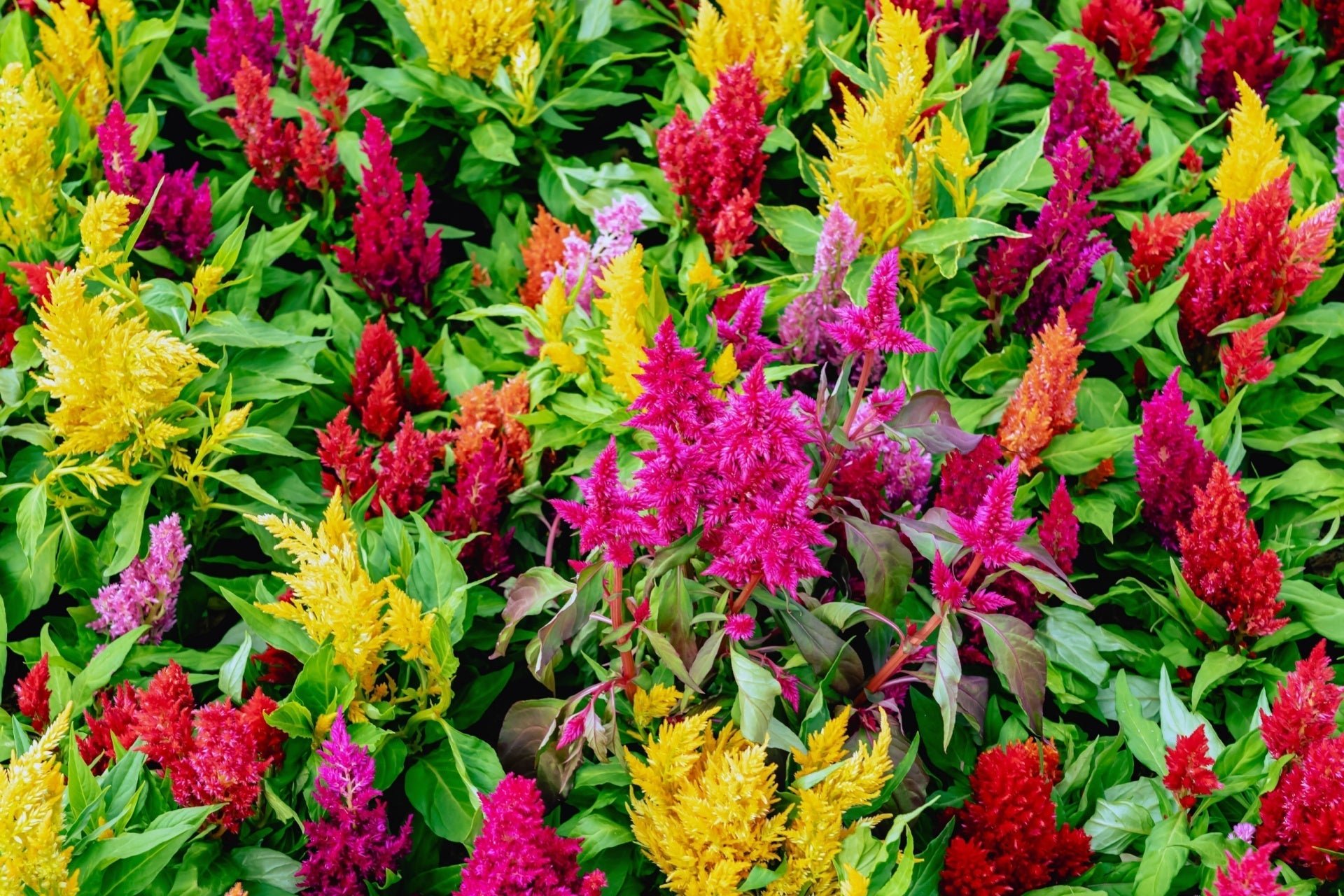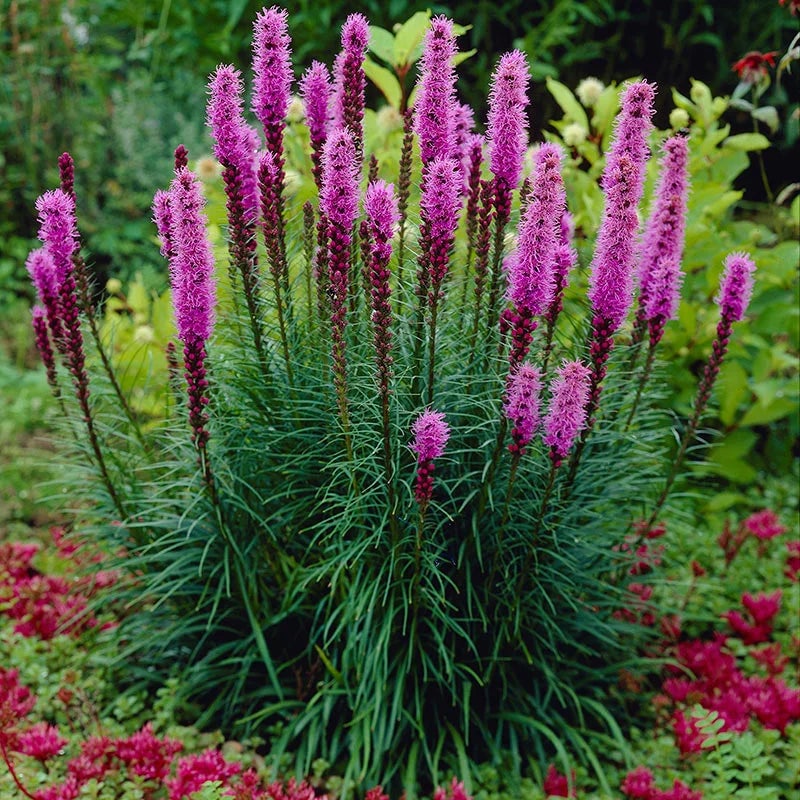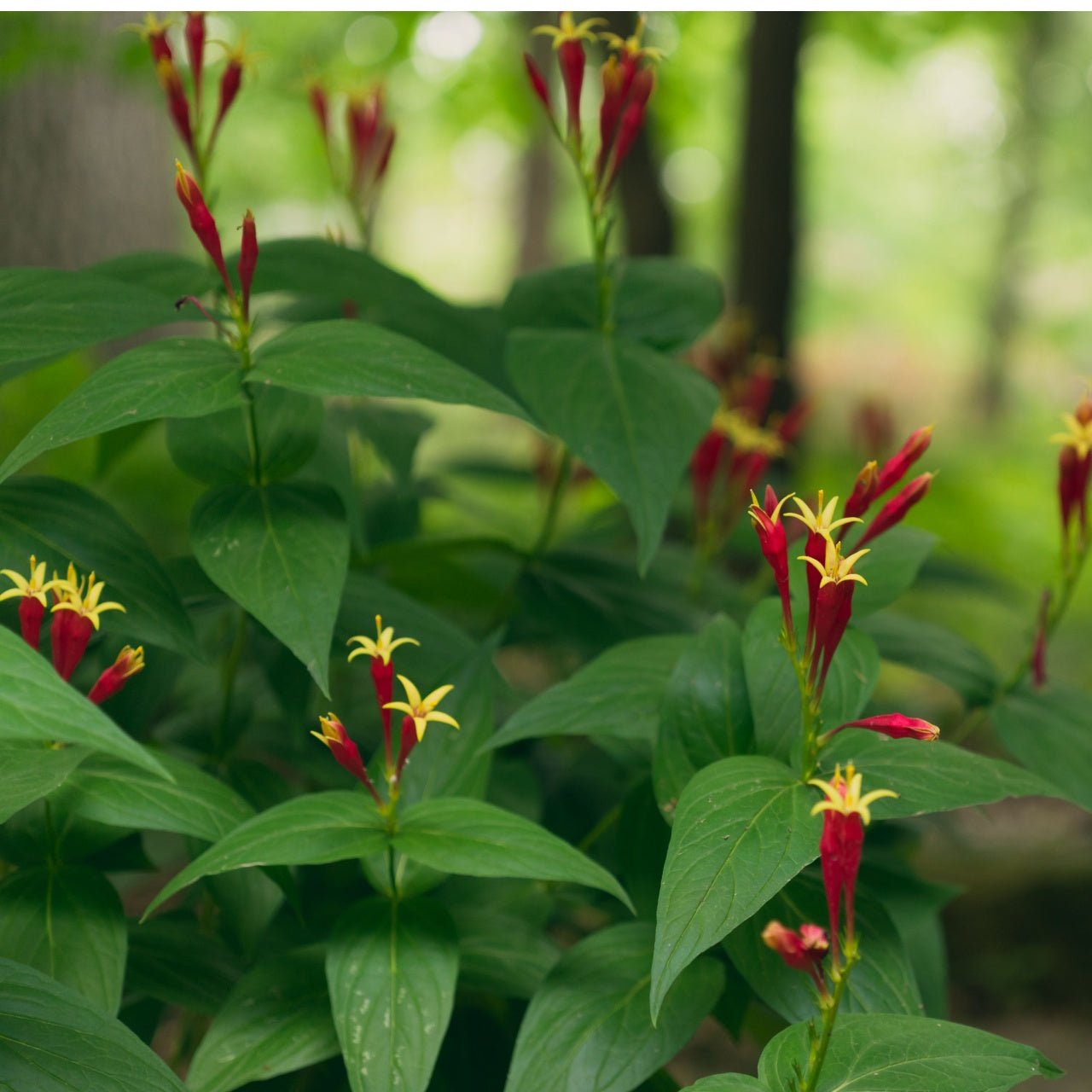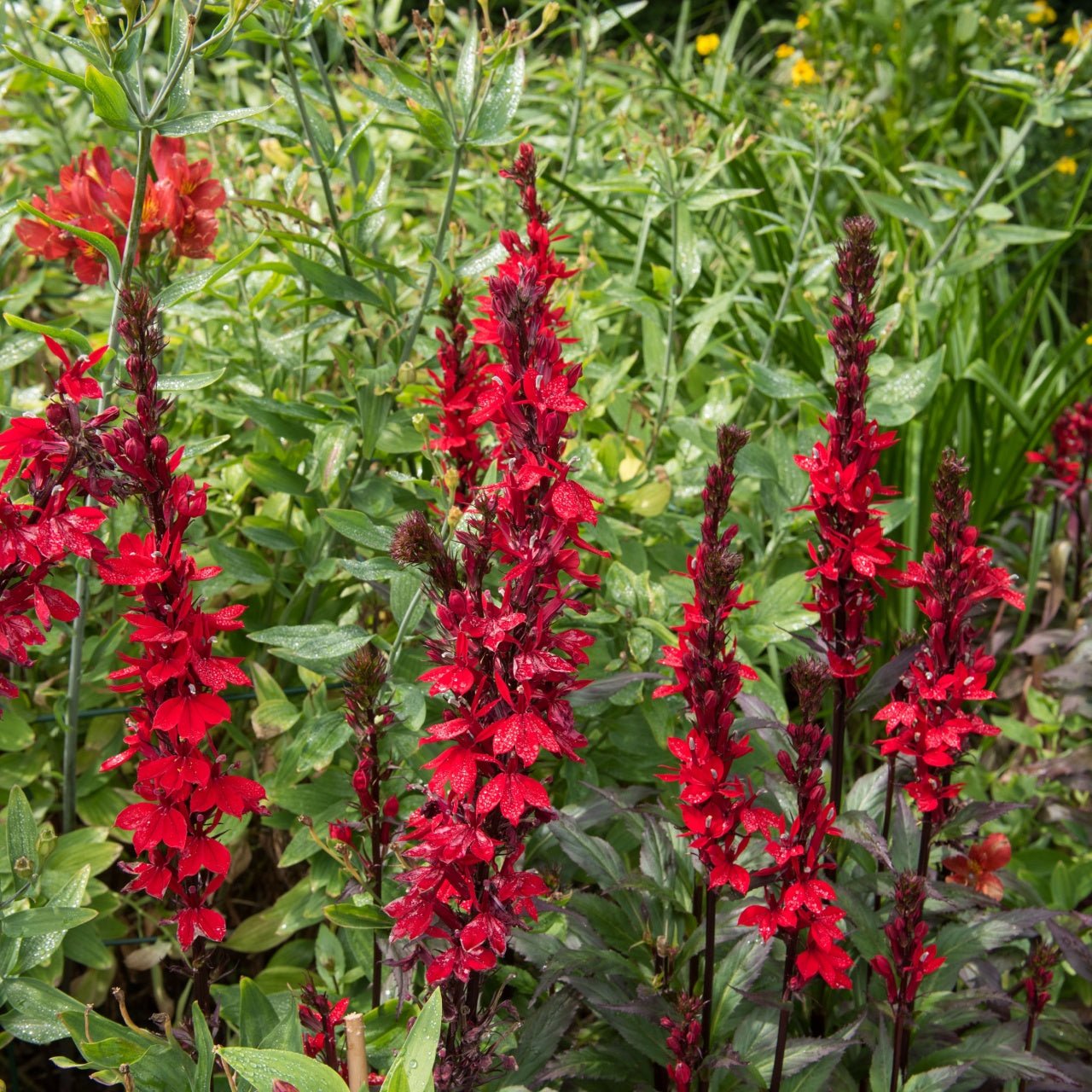Understanding Celosia: Annual or Perennial?
You have likely encountered Celosia when you visited a summer garden and saw red, orange, yellow, or fuchsia blooms that resemble flames. Because of its distinctive texture and bright colors, Celosia frequently appears in cutting gardens alongside borders and in pollinator patches. But many gardeners ask: Is Celosia a perennial or an annual? The solution to whether Celosia is an annual or perennial plant mainly hinges on the USDA hardiness zone you live in.
Most regions of the United States grow Celosia as an annual plant. This plant originates from tropical regions across Africa, Asia, and South America where it grows best in climates that maintain warm temperatures without frost. Celosia functions as a tender perennial in USDA hardiness zones 10 through 12 because winter conditions remain mild. In USDA zones nine and below Celosia cannot survive frost conditions so gardeners need to replant it annually or keep it indoors during winter months.
The Celosia family includes multiple species such as Celosia argentea with its feathery plume-like flowers and Celosia cristata which is known as cockscomb because of its coral-shaped blossoms. These plants require minimal maintenance because they are seeded and naturally propagate themselves in warm climates but need protection during cold winters since they cannot survive the freezing temperatures.
Growing Tips: Keeping Celosia Thriving in Any Zone
Celosia makes for an interesting plant option no matter your climate. Plant Celosia in an area that receives full sun exposure because they thrive in heat and achieve optimum growth when they get 6 to 8 hours of sunlight each day. These showy flowers achieve optimal growth when planted in well-drained, slightly acidic soil with pH levels between 6.0 and 6.5 that includes added compost.
People growing plants in cooler areas should start seeds indoors between 6 and 8 weeks before the last expected frost. You should move Celosia plants outdoors only after nighttime temperatures have reached and stay above 55°F. Although Celosia resists drought after establishment, bloom production requires regular watering. Avoid excessive watering because constant wet soil conditions can damage plant roots through rot.
Celosia will act as a perennial in gardening zones 10–12 provided that unexpected winter frosts are prevented and gardeners provide adequate care throughout the winter season. The process of mulching serves to maintain soil moisture levels and provides thermal protection for plant roots.
To establish a vibrant garden that supports pollinators you should pair Celosia with perennial natives including Bee Balm (Monarda), Purple Coneflower (Echinacea purpurea), and Blazing Star (Liatris spicata). Native flowers maintain seasonal landscape continuity while also providing both color diversity and essential nectar for bees, butterflies and hummingbirds.
Native Alternatives and Companions to Celosia
Gardeners who desire more consistent perennial blooms throughout cooler climates should add native perennials that replicate Celosia's colorful display and ability to attract pollinators.
Spigelia marilandica (Indian Pink) stands out as a native plant with bright red tubular flowers that end in yellow tips which attract hummingbirds. The Cardinal Flower (Lobelia cardinalis) makes a striking addition with its scarlet spikes that flourish in moist soils during midsummer. Native plants provide extended blooms with hardiness qualities while supporting ecosystems and reducing disease vulnerabilities.
Combine native plants with Celosia to achieve diverse textures and color combinations. The native perennials provide lasting structure and minimize the requirement for yearly replanting even though Celosia needs to be replaced annually in cooler areas.
To keep Celosia through the winter months you should pot it and move it indoors during winter. Put the plant in a sunny window and decrease its water supply when it goes dormant. With appropriate maintenance Celosia has the potential to produce blooms the next growing season.
Conclusion
So, is Celosia a perennial? Celosia functions as a tender perennial plant which is treated as an annual in the majority of United States growing zones. The correct climate conditions or indoor care will enable Celosia to flourish for multiple seasons. Native perennial flowers like Bee Balm and Coneflower combined with Celosia create a dramatic effect in pollinator gardens. The vibrant plumes of Celosia make the work of planting each year or overwintering indoors well justified.
Read more
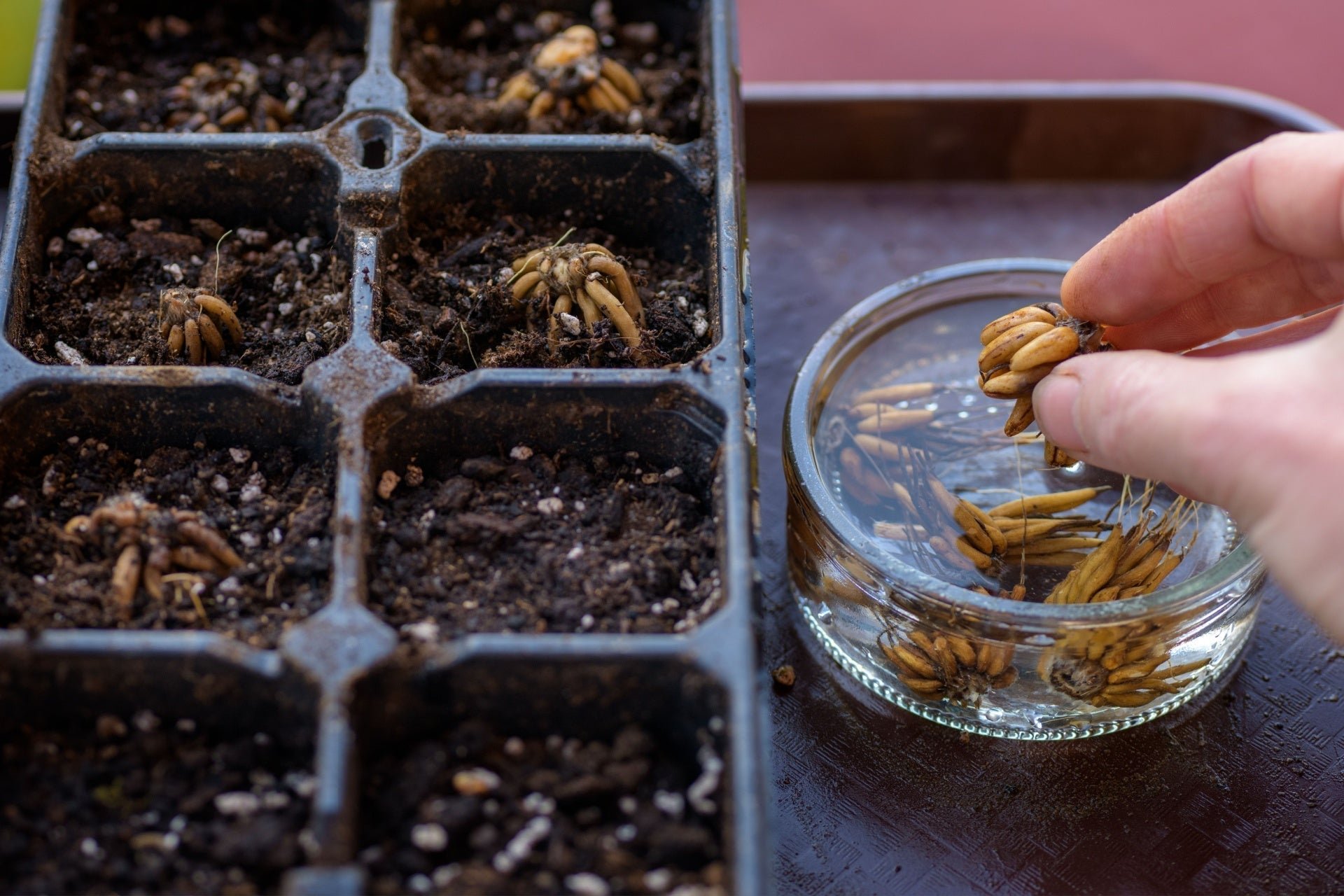
Ranunculus bulbs are a stunning addition to any spring garden, offering rose-like blooms in vibrant colors with minimal care. Best planted in early spring or fall, these cool-weather lovers thrive ...
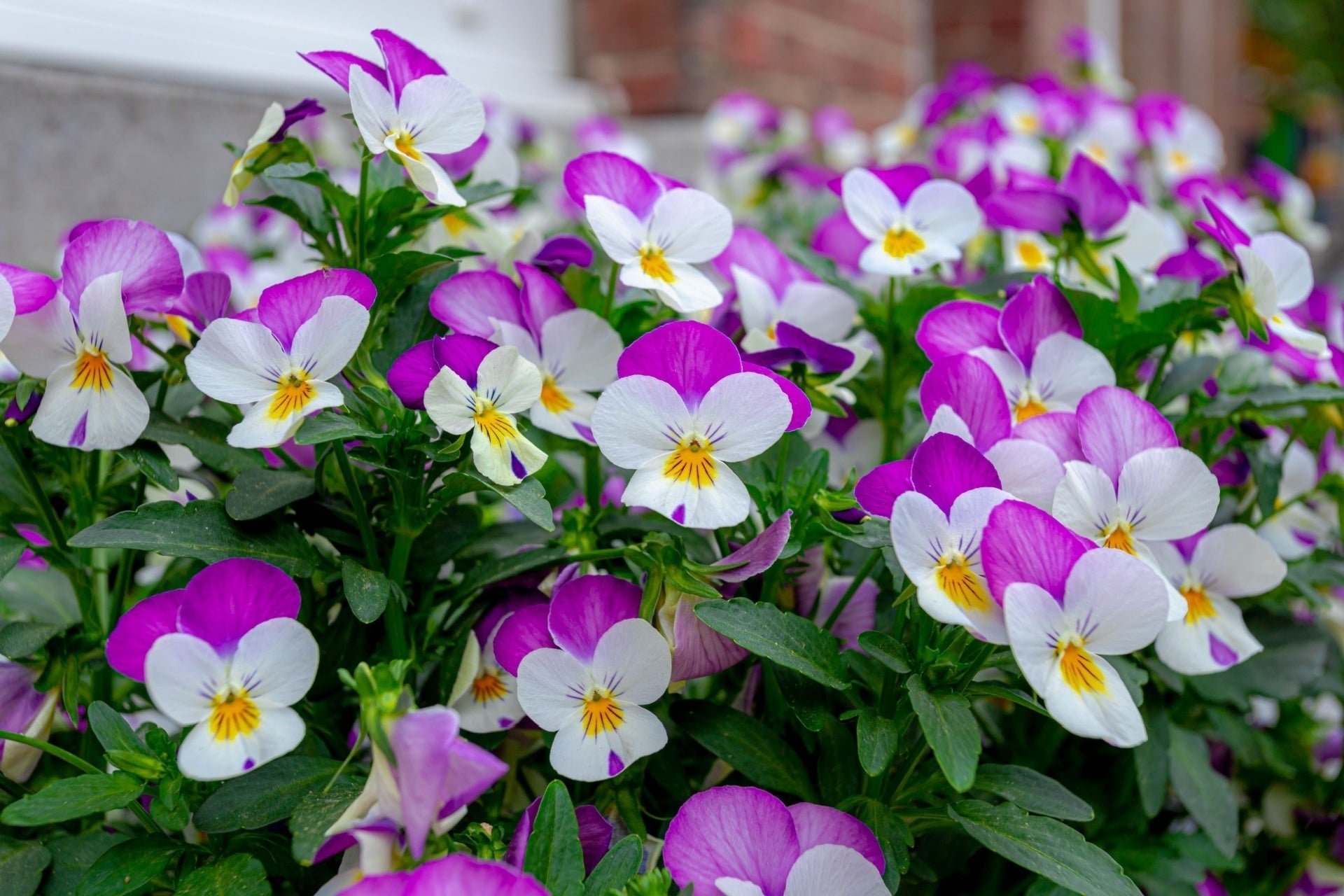
Classic Johnny-jump-ups, showy pansies and native violet varieties all make excellent choices for gardeners seeking attractive small flowers. The combination of their strong durability and simple c...


